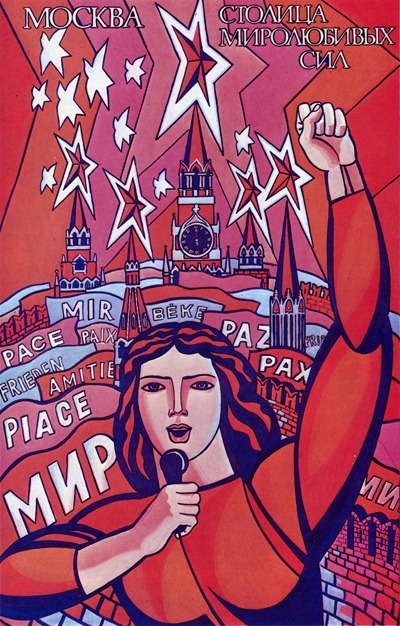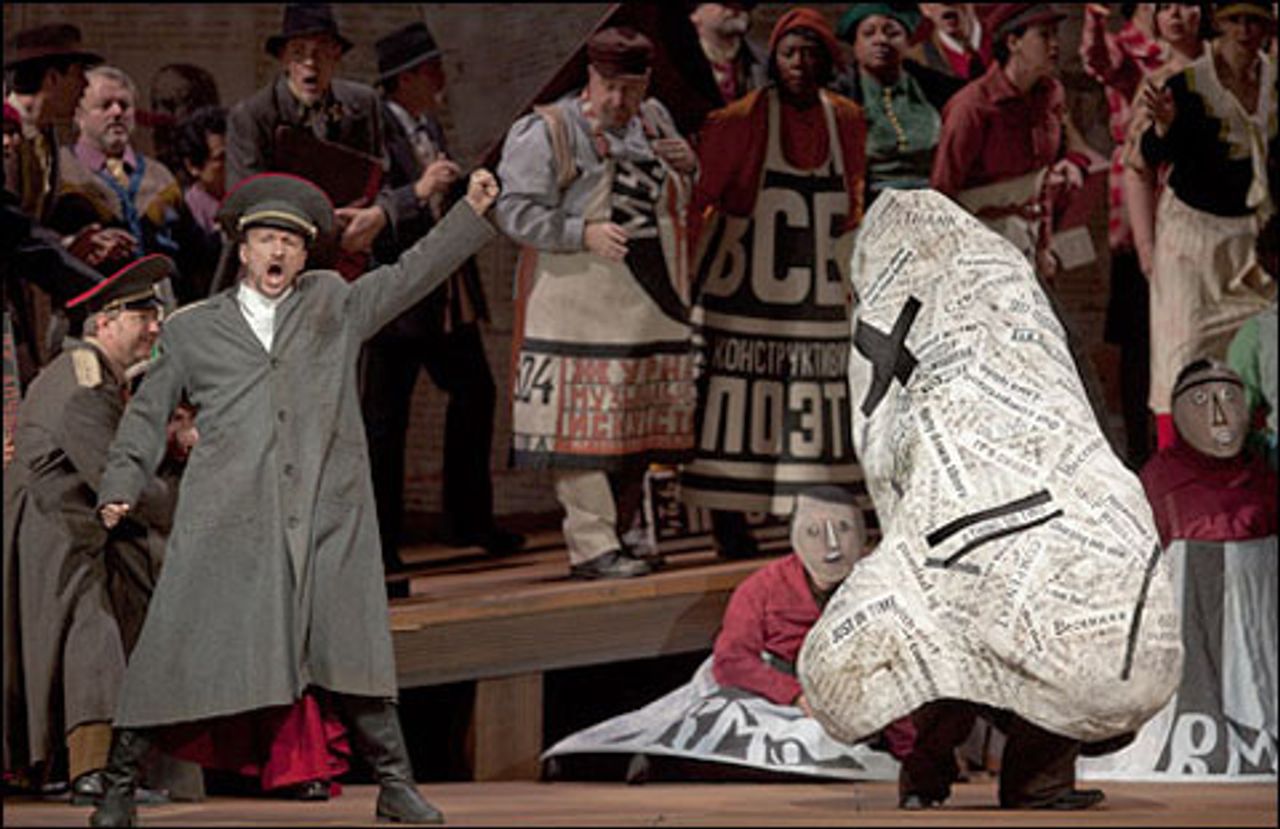Review of Everyday Epiphanies Exhibit
The word epiphany means a comprehension or perception of reality by means of a sudden intuitive realization. The Metropolitan Museum of Art recently had an exhibition called Everyday Epiphanies: Photography and Daily Life since 1969. It is collection of 40 photographs from the last four decades that depict ordinary moments and transforms them into something more. Oftentimes we assume that anything worthy of being immortalized must be evocative, whether it is in the rare and beautiful sense or the shocking and horrifying sense. Any photograph whose subject matter lies in between these two extremes risks being labeled as mundane with the exception of its usage for informational purposes. Any representation of an upheaval in society, whether it is social, political, or economic, must be startling (eg. The Last Jew in Vinnitsa). Anything that aims to be symbolic must be elaborate in addition to being difficult to come to a conclusion as to what it could possibly be symbolizing. This isn’t the case for this exhibit. It is a scattered collection of images with apparently shallow subjects on the surface but each is as meaningful and emotional as The Power of One (2007). Ordinary moments are converted from seemingly simple photos into something that ends up evoking emotion, thoughts, or a second look. There is no portrayal of an extraordinary event, such as Nagasaki (1945) or Tiananmen Square (1989). Yet, each photograph ends up provoking a response, whether it’s from seeing pre-pubescent girls playing dress up or a strangely shaped bruise.
Photography has become more and more common among the masses and thousands of pictures are taken each day but even then, it is only taken when a “perfect” moment presents itself. Rarely is something ordinary captured but this is exactly what the current exhibit at the Met has exclusively decided to display. I would like to clear one thing up concerning this exhibit however, not all of the photos are spontaneous moments taken from the life of an average Joe, in fact, I believe many of them are staged. This doesn’t make them any less ordinary; rather it strives to induce an extremely ordinary moment with a deeper, connotative meaning. It might even be attempting to make a point about the times. Take for instance Sally Mann’s Jesse at Five (1987). It depicts a young girl half-dressed, dolled up, and posing in a rather adult-like manner. Despite its rather simple subject matter it can be seen in a controversial viewpoint without the use of BDSM accessories or sexually explicit gestures; it can be seen as painting children in a sexual light. Yet, what child hasn’t played dress up in their mothers’ clothes before? What child hasn’t rifled through her mothers’ drawers and finding lipstick and pearl necklaces proceeded to adorn her self? What child hasn’t slipped on a pair of too large pumps and a dress about 10 sizes too large and waddled about the house? I feel as though I should bring to attention that it was during this time-the late 1980’s and early 1990’s-that there was a culture war going on. Many topics were taboo such as abortion, homosexuality, the separation of church and state and so on. These were all very divisive topics. Mann immersed herself into this culture war by taking photos that could be interpreted as child pornography. She never had to say a word; simply by taking a frank photograph she threw herself into the midst of a controversy. Could she be condemning it by showing the absurdity of the progressives? Or could she simply be mocking this entire “struggle” by giving her photographs two viewpoints? Or her photographs could have an entirely different meaning attributed to them that has nothing at all to do with the culture wars of the time yet, note that her simple photographs are able to rouse much debate nonetheless.
Nan Goldins’ Heart-Shaped Bruise, NYC shows a picture of a leg and a bruise shaped like a heart on it. At first glance, it’s just a bruise that bears a funny resemblance to the symbol that our society has come to associate with love. Many people understand that love embodies as much pain as it does pleasure and many have tried to symbolically represent this in many ways. Photos of shoes, cards, fruit, construction tools; all have attempted to ascribe to their subject matter the simultaneous pain and joy of love. However, Goldin does this in an extremely ordinary manner; a bruise in the shape of a heart. The heart could be the straight-forward representation of love and the manner in which it is shown; in the form of a bruise, could be representative of the pain that came with it. The simplicity is what strikes me of this photograph. Once again, this subject matter is something that can easily be captured. There was no preparation, no pretentious lighting, no extensive edits; yet it manages to capture such a complex theme perfectly.
And lastly, photography can be an art form, and it does not even have to have a strikingly beautiful or hauntingly grotesque subject matter. It can simply evoke feelings without the initial double-take. Mike Kelleys’ enlargement of a dust mote and Jan Groovers’ tangle of limbs can both strike a chord with an observer. Both photographs are strangely, unexpectedly elegant, especially given such an insignificant speck and unrefined moment respectively. The dust mote invites a sense of delicacy and quiet atmosphere. The tangle of limbs draws the observer right into the middle of a play-date among children. It takes him or her to the heart of the action and evokes a feeling of liveliness. In addition, due to the black and white medium of the work, there is also a sense of a foreign landscape; a step back into older, more traditional times.
The Met’s decision to have this exhibit is in my opinion, a good one. Photography is too often forced into restrictive boundaries that limit the possibilities of capturing or even completely overlooking ordinary moments in favor of capturing rare, once-in-a-blue-moon phenomenon. Epiphanies can just as likely happen on the daily commute of a New Yorker to a world traveler.

























